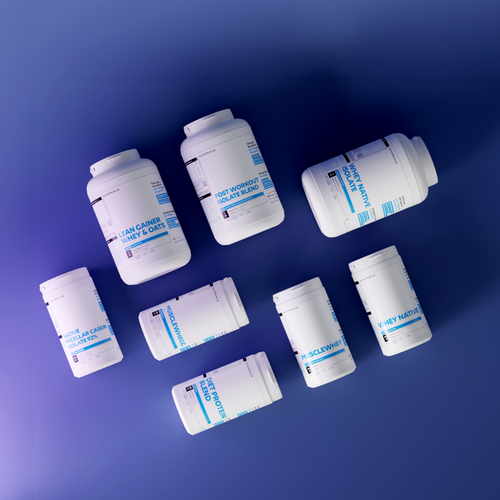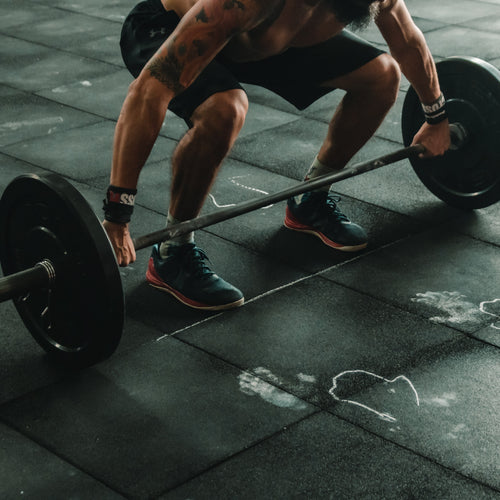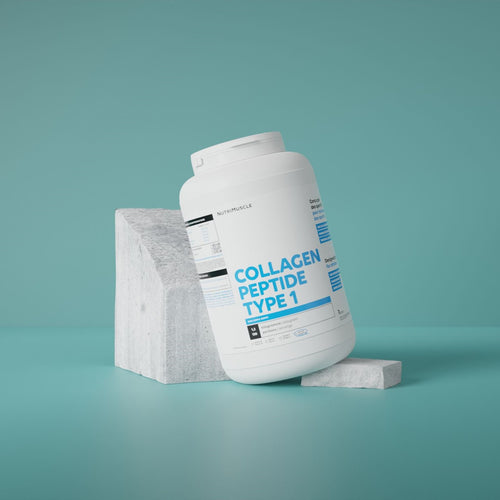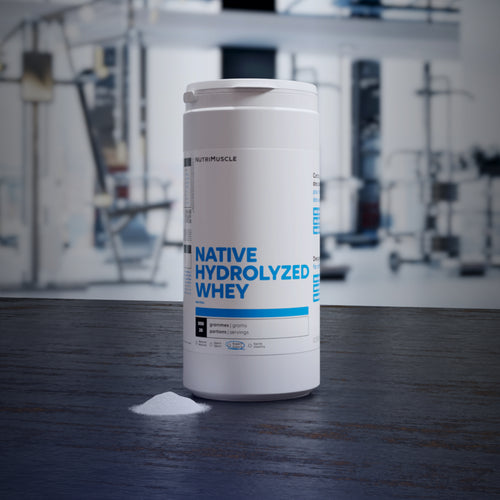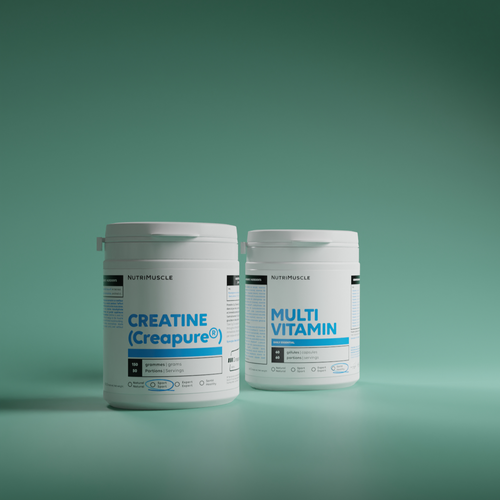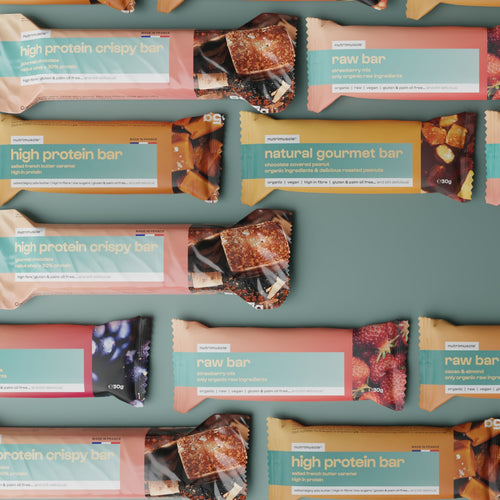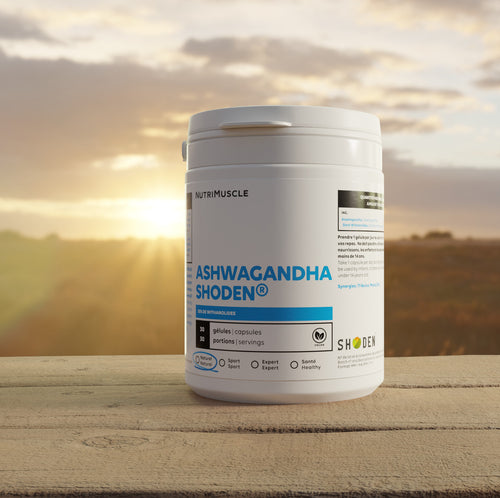0 commentaires
Doctor Delphine CLERO (veterinarian doctor, phD) and Christophe CARON (DEJEPS canin harness) give you in this article recommendations based on scientific studies concerning supplementation in sporting dogs.
Feeding your athletic dog in a qualitatively and quantitatively adapted way may seem simple to the practitioner of sport with his dog, in particular when the latter uses an industrial food adapted for this type of dog (containing a fat content of 20 to 30% EM , and a protein level of 25 to 35% EM). If the quantitative objective in energy may seem simple to provide (maintenance of a correct body condition), the precise quantity of macro and micronutrients to be provided and the moment of their contribution are just as essential.
Depending on the type of dog, the type of effort, the level of practice, an appropriate food ration cannot be identical for all dogs. Specific intakes adapted upstream, during and downstream are essential to optimize performance, recovery and injury prevention (Wakshlag et al., 2014).
We present here some elements of supplementation, taken from scientific data published in dogs.
Optimize energy reserves and metabolism
In dogs, lipid metabolism is considered essential in endurance efforts, when the duration of effort exceeds 45 minutes (Hills, 1998). Before this time, the oxidation of carbohydrates remains an important element of energy supply to the muscle during exercise. It has been shown, particularly in sled dogs, that carbohydrate intake immediately after exercise helps to maintain their glycogen reserves. The dose studied is 1.5 g/kg of maltodextrin within 20 minutes following the end of exercise (Wakshlag et al., 2002; Wakshlag et al., 2004). In racing greyhounds, a faster pre-exercise intake of carbohydrate (fructose) is recommended by some, but no study has been interested in comparing the different types of intake.
For endurance efforts, intakes of short and medium chain fatty acids have been studied (Cléro et al., 2002). If this strategy is of interest in long and low-intensity efforts, it should be studied on efforts requiring speed endurance effort, such as when sharing effort at more than 18-20km/h for more than 45 minutes with his dog (with a dog accompanying his master on a bicycle, or medium-distance sled dog).
Indeed, on this type of speed-demanding distance, a certain number of practitioners report a decrease in speed performance after this type of intake, which could be linked to a less effective stimulation of the carbohydrate metabolism necessary for the effort of speed.
Support muscle development
The importance of protein in sporting dogs has been highlighted since the 1970s, but interest in qualitative intakes is more recent. The pathological risks during a low protein intake (<20% of the dry matter in the form of protein in the ration), in particular effort anemia and the increase in the frequency of muscle lesions have been demonstrated. The prevention of these problems has therefore included an increase in protein intake and the ratio between protein and calories (protein-calorie ratio = 70 g/Mcal minimum) in processed foods.
Beyond quantitative intake, studies have focused on more qualitative protein intake, particularly in supplements. If no impact of post-exercise protein intake has been demonstrated on the recovery of glycogen reserves, creatine kinases (used as a marker of muscle damage) increase less when the dog receives immediately post-exercise hydrolyzed egg proteins (Wakshlag et al., 2014). The interest of this type of supplementation in immediate post-exercise exercise in weight-pulling dogs, i.e. traction on the ground of a heavy load over a few meters, has been studied (meters (Kim et al. , 2019) Although no direct impact was demonstrated on traction time, a preventive effect is suggested by the authors.
Prevent other pathological risks induced by intense physical exercise
The interest of other amino acids has been studied, in particular because of a significant turnover of many amino acids during exercise. Glutamine supplementation has been proposed for many years as an essential supplement for the active dog, with intense exercise leading to decreased serum glutamine concentrations (Gamble et al., 2018). This contribution would improve the effectiveness of the immune system. The precise recommended dosage is however still unknown on this amino acid.
Chondroprotective intakes (chondroitin sulphate and glucosamine) may prove useful (Wakshlag et al., 2014), if the dosage used is appropriate. However, this valid recommendation in older dogs with osteoarthritis has not been confirmed by any scientific study in dogs to date.
Finally, electrolytes are a less essential element in dogs than in other species and in particular humans. Indeed, not sweating, only the ultra-endurance dog shows a significant decrease in natremia and chloremia post-exercise. However, minerals including magnesium and to a lesser extent iron are reduced during intense physical effort. Supplementary intake is therefore recommended (Franck et al., 2015).
Support hydration
Finally, it is important to remember that hydration is an essential element in the prevention of metabolic disorders as much as muscle damage. The interest of glycerol in both hunting dogs and sled dogs was presented by Dr Arleigh Reynolds (Reynolds, 1997; taken up in a symposium in 2019), veterinarian, and winner of major sprint races in North America. However, its use must be carried out with caution because an excess of glycerol can lead to irreversible kidney damage. A good dosage, and a good dilution are therefore essential.
In conclusion, if the use of a complete food dedicated to sporting dogs makes it possible to cover the quantitative need for macro-nutrients, the coverage of the qualitative need is sometimes more incomplete. Chrononutrition also induces variable assimilation depending on the time of ingestion in relation to the effort of certain nutrients, in particular maltodextrin or even certain types of hydrolyzed proteins rich in BCAAs. While few data specific to dogs exist today, the few existing data give a prominent place to the notion of supplementation in sporting dogs before, during (during effort lasting several hours), and after exercise.
The adaptation must however take into account the type of effort (a sprint or middle-distance dog does not eat like an endurance sled dog), the type of dog (a Labrador does not eat like a greyhound). If these two elements seem quite logical, there is little data in the literature to date to refine supplementation for all canine sports and all canine morphotypes.
We will therefore retain the well-demonstrated interest of maltodextrin in post-exercise, as well as that of branched amino acids to support muscle recovery. Unlike humans, electrolyte intake will be moderate pre and post-exercise, the loss being moderate with the exception of certain minerals for ultramarathon efforts (zinc, magnesium, iron).
Practical advice
Christophe Caron and Delphine Cléro chose Nutrimuscle to develop nutritional supplements for their dogs. Their Alaskan huskys and Eurohounds with whom they practice competition and a daily professional sporting activity, are supplemented during the winter season. The formulation is adapted to the moment of distribution in relation to the effort. Since the Husky-adventure team has been using supplements, they have noticed:
- better maintenance of the level of performance over the entire winter season of their athletes, including maintenance of the body condition score and permanent work motivation;
- better muscle gain during training;
- a better rapid recovery especially at the locomotor level of their dogs.
Scientific references
(1) Hill RC. The nutritional requirements of exercising dogs. J Nutr. 1998 Dec; 128 (12 Suppl): 2686S-2690S.
(2) Wakshlag JJ, Snedden KA, Otis AM, Kennedy CA, Kennett TP, Scarlett JM, Kallfelz FA, Davenport GM, Reynolds AJ, Reinhart GA. Effects of post exercise supplements on glycogen repletion in skeletal muscle. Vet Ther, 2002; 3 (3): 226-34
(3) Wakshlag JJ, Snedden KA, Reynolds AJ. Biochemical and metabolic changes due to exercise in sprint racing sled dogs: implications for post-exercise carbohydrate supplements and hydration management. Vet Ther ; 2004:5(1):52-
(4) Reynolds AJ, Snedden, KA, Moon, PA, Wakshlag, J, and GA Reinhart. Oral Glycerol Supplementation increases Total Body Water and Intracellular Fluid Space in Sedentary Sled Dogs. ASEB, New Orleans, April, 1997
(5) Wakshlag JJ, Shmalberg. Nutrition for Working and Service Dogs. Veterinary Clinics of North America: Small Animal Practice 2014; 44 (4): 719-740
(6) Kim HT, Van Deventer GM, Dinallo GK, Frye CW, Zanghi BM, Wakshlag JJ. The effects of maltodextrin and protein supplementation on serum metabolites in exercising competitive weight-pulling dogs. Comparative Exercise Physiology 2019; 15(1); 25 – 33.
(7) Gamble LJ, Frye CW, Hansen CM, Locasale LW, Liu X, Davis MS, Wakshlag JJ. Serum metabolomics of Alaskan sled dogs during endurance racing. Comparative Exercise Physiology 2018: 14(3); 149 – 159.

